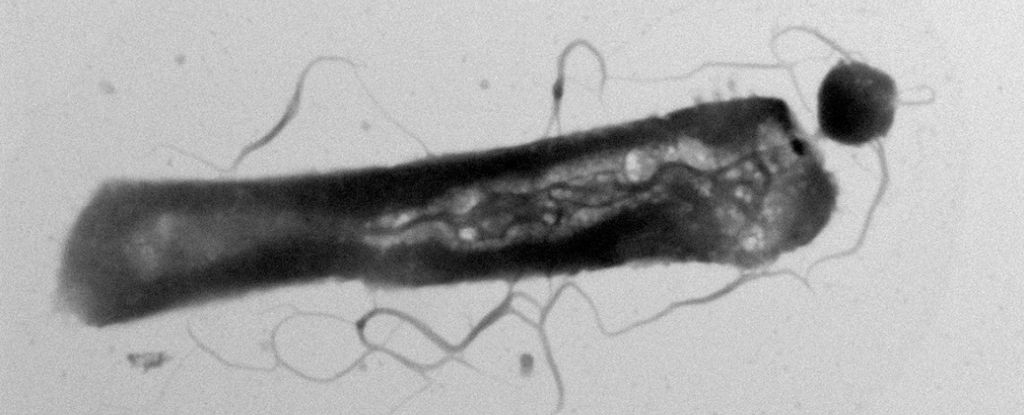Biomedicines, Vol. 11, Pages 2640: Quantitative Insights and Visualization of Antimicrobial Tolerance in Mixed-Species Biofilms
Biomedicines doi: 10.3390/biomedicines11102640
Authors: Mandy Dittmer Florian H. H. Brill Andreas Kampe Maria Geffken Julian-Dario Rembe Raphael Moll Ifey Alio Wolfgang R. Streit Eike Sebastian Debus Ralf Smeets Ewa Klara Stuermer
Biofilms are a major problem in hard-to-heal wounds. Moreover, they are composed of different species and are often tolerant to antimicrobial agents. At the same time, interspecific synergy and/or competition occurs when some bacterial species clash. For this reason, the tolerance of two dual-species wound biofilm models of Pseudomonas aeruginosa and Staphylococcus aureus or Enterococcus faecium against antimicrobials and antimicrobial dressings were analyzed quantitatively and by confocal laser scanning microscopy (CLSM). The results were compared to findings with planktonic bacteria. Octenidine-dihydrochloride/phenoxyethanol and polyhexamethylene biguanide (PHMB) irrigation solutions showed a significant, albeit delayed reduction in biofilm bacteria, while the PHMB dressing was not able to induce this effect. However, the cadexomer-iodine dressing caused a sustained reduction in and killed almost all bacteria down to 102 cfu/mL within 6 days compared to the control (1010 cfu/mL). By means of CLSM in untreated human biofilm models, it became evident that P. aeruginosa dominates over E. faecium and S. aureus. Additionally, P. aeruginosa appeared as a vast layer at the bottom of the samples, while S. aureus formed grape-like clusters. In the second model, the distribution was even clearer. Only a few E. faecium were visible, in contrast to the vast layer of P. aeruginosa. It seems that the different species avoid each other and seek their respective niches. These mixed-species biofilm models showed that efficacy and tolerance to antimicrobial substances are nearly species-independent. Their frequent application appears to be important. The bacterial wound biofilm remains a challenge in treatment and requires new, combined therapy options.

 7 months ago
28
7 months ago
28

